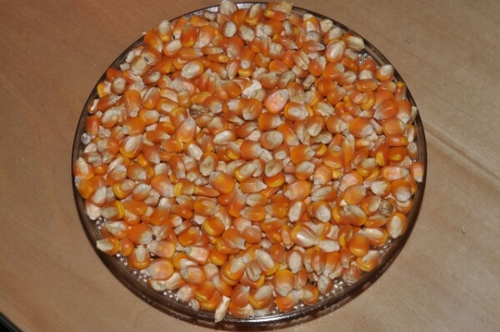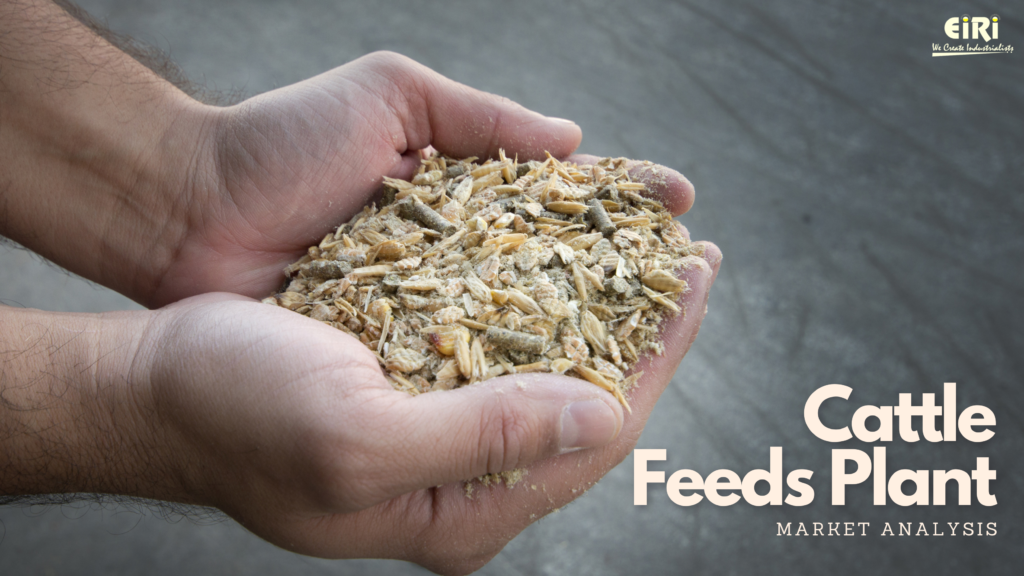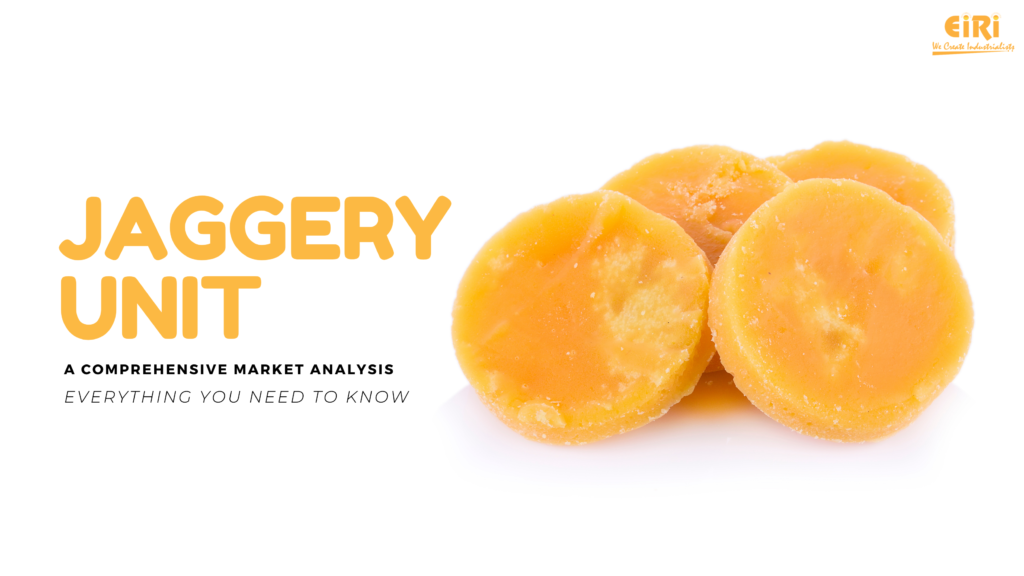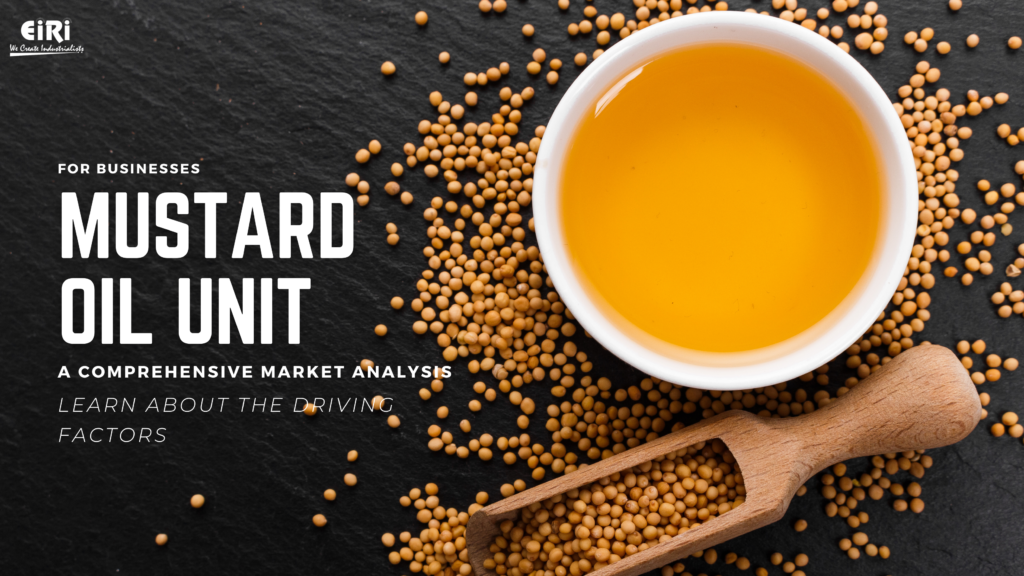Maize Semolina Processing Plant
Maize semolina is beneficial for many food processing industries that involves Lamination baking and extrusion baking.
The most coarse semolina known as hominies are perfectly purified and calibrated and are used to produce corn flakes.
The most refined semolina depending on the desired grain size can be use to produce a wide range of extruded products for breakfast, cereal, savory snacks or cereal bars.
India’s snack food market is growing at 25% CAGR, according to industry sources. In 2013, the market was estimated at close to Rs 8000 crore as compared to Rs 2400 crore in 2008. The growth rate is expected to remain robust, since at this level, the market is less than 0.5% of total food expenditure in India.
There is a great demand of this product and having a bright future scope. The market is divided into 3 segments: chips, extruded snacks and traditional snacks. Each of these have around equal share of the snack food market.
The market is dominated by Pepsico, which with a market share of 38%, has more than a third of the market. Pepsico’s leading products are Lays, which has ~50% share of the chips segment; and Kurkure, which has over 50% share of the extruded snacks segment.
The second largest company in snack foods is Haldiram’s which has 25% share of the market. Haldiram dominates the traditional snacks market. These are snacks like bhujiya, namkeen, and salted dals. Haldiram has close to 60% share of the traditional snacks market.
Gujarat’s Balaji Wafers is the third largest company with a market share of ~9%. ITC has a share of 7%. After these, there are smaller companies like DFM Foods, Bikanerwala, and SM Foods.
The corn can be made into a multitude of products:
- “grits” for brewing. Corn is used all over the world for the making of beer, when mixed with barley malt. In this case, it is used in the form of “grits”, a semolina between 1500 and 3000 caliber, which should not hold more fat than 1% of its dry weight.
- Flour for bread, biscuits and pasta. The partial or total (in the case of pasta for example) incorporation of corn flour in these types of products can permit a reduction in cast of raw materials and valorization of local resources.
- Semolina: products between 600 and 250 caliber, used for the preparation of food products: pasta, polenta to (African).
- Corn rice which is a good replacement for rice, used alone or mixed with rice.
- Corn oil: the production of oil from corn germ results in a product of high quality: the production must be relatively significant to justify an installation (100 kg. of corn make approximately 2 kg. of oil).
- By-products of the corn mill are used for animal feed for various species.
- The corn mill consists of two distinct phases: degermination and refining:
- Degermination: after conditioning the grain, the corn is “broken” with special equipment so that the germ can then be entirely separated. The degermination is very important for it determines the quality of the finished product. This way the quantity of fat in “grits” for beer cannot exceed 0.9%.
Cap: 50tpd, Cost of Machinery Rs. 99 Lacs, Return: 29%. To avail project report, contact eiri@eiriindia.org, www.eiriindia.org Mob: +91 9811437895




